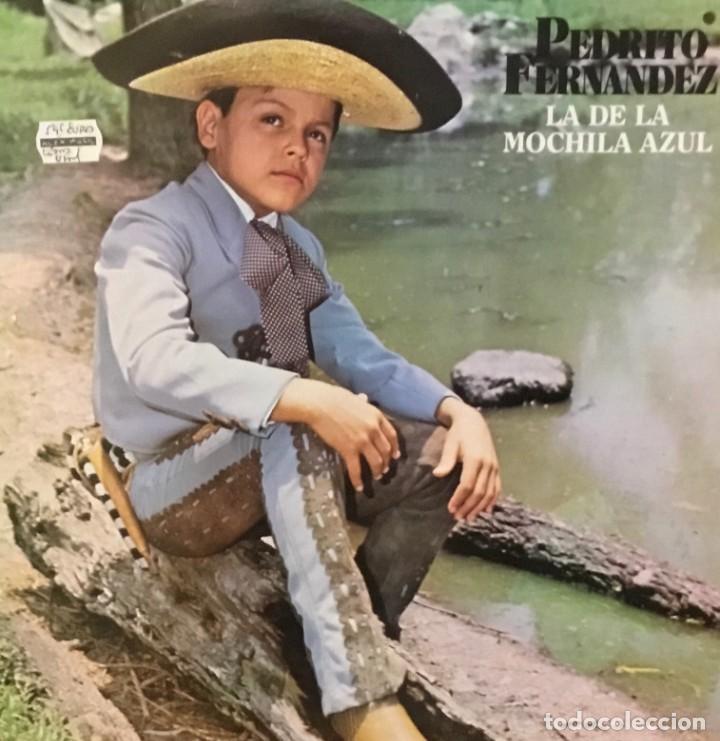
Yet he was someone who well knew the struggles of his fans in the United States and marveled at their resolve as they tried to come into el Norte, legally and not. The following spring, all the magueys on the hill sprouted stalks that bore the graffiti that declared their eternal love, a bit of magical realism that’s also one of the great reveals in ranchera history.Ĭhente was a political conservative, a longtime supporter of Mexico’s long-ruling PRI party who infamously sang at the 2000 Republican National Convention. “The Law of the Hill” was included in the soundtrack for the film “ El Hijo del Pueblo” (“The People’s Son”) and tells the story of a man who had scratched his name and that of his beloved on a maguey plant after a night of canoodling, only to see her break off that stalk when they broke up. His songs about horses (“El Moro de Cumpas”), roosters (“Hoy Platiqué con Mi Gallo” - more on that in a bit), and the village life always found him at his most exuberant, especially in peliculas campestres - rural comedies. “La Ley del Monte,” 1975ĭespite becoming Mexican royalty, Chente was always a country boy at heart. “The King” is one of the few times that a singer bested Jiménez’s original rendition, and it’s such a part of Mexican American life that it played at AT&T Stadium in Dallas during a Cowboys game Sunday - and the crowd sang along and cheered.

That particular refrain is now as much a part of Southern California Mexican American Spanish as “Doyers.” “El Rey,” 1972Ĭhente covered some Jiménez songs - “El Jinete” on his first album, “Las Botas de Charro” in 1979 - but none were better than this one, a defiantly existential cri de coeur in the same theme as “My Way” (which Jose Alfredo wrote before Paul Anka - just saying). But the most famous track from “¡Arriba Huentitlán!” is “Volver, Volver.” Once again, Arriaga helps his compa on the chorus to this weeper, one so heart-wrenching that no less an authority of melancholy than Harry Dean Stanton sang it for one of his final film roles, in 2017’s “Lucky.” The song starts with a dirge-like organ, moves on to weeping horns backed by simple, strong guitar strums, and crawls toward the titular, titanic plea of “Volver, Volver” - return, return. The album starts off with “El Jalisciense,” a galloping paean to the traits and cities of his native state of Jalisco. The 1972 album “¡Arriba Huentitlán!” (“Long Live Huentitlán!”, the name of Fernández’s hometown) was Fernández’s first great release. Together, the two lifted “Tu Camino y el Mío” (“Your Way and Mine”) to its heights and let Mexico know that Fernández had a good shot of living up to his hype. But what pushes him over the edge in misery is the chorus, where Felipe Arriaga, one of the few singers who was ever able to match Chente’s baritone - joins in.
#WWW.VICENTE FERNADEZ EL MOSO CANELO SONG HOW TO#
He communicates the depressed frenzy of the protagonist - this is a guy who can’t get over the woman who left him and just doesn’t know how to move on - with a calm, deliberate delivery. “A bunch of ungrateful memories/A letter that I haven’t read,” Chente roars, as mournful horns back up his sadness.

He began to fulfill his potential with this song. Think of those as his Randy Johnson years. Fernandez’s first albums found him trying to rein in his titanic voice but not yet having the maturity or skill to do so.


 0 kommentar(er)
0 kommentar(er)
